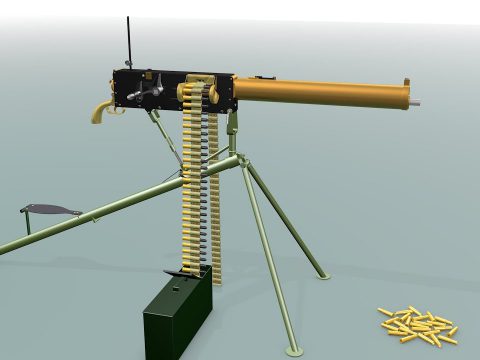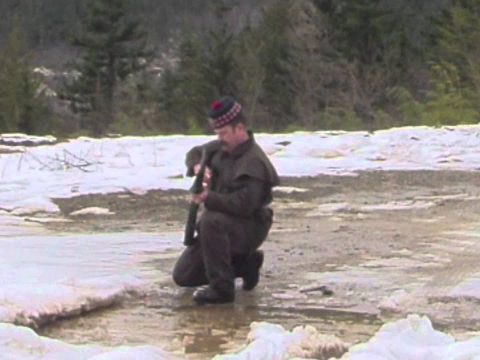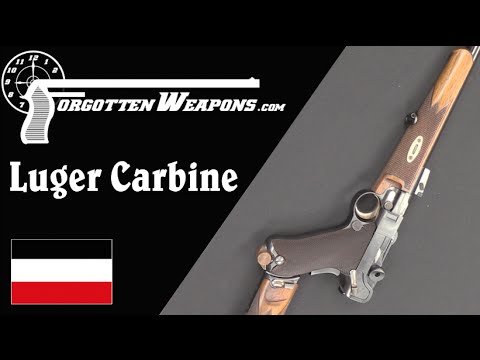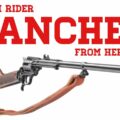I’ve always been primarily interested in military small arms, and more specifically early/mid 20th century ones at that. I need to broaden my horizons, though, and I’ve been reading more and more about older guns. When I found a copy of George Markham’s Guns of the Wild West at a local used book store, I figured it would be a typical largely-fluff piece with some general history and nice photos. Still, it was cheap and I need a pretty basic place to start on this subject.
When I sat down to give it closer look, though, I was quite happy to find a surprisingly comprehensive book by someone who clearly has a deep understanding of the period and its guns (it’s always a good sign when photos in a book are labelled “author’s collection” – it means the work is something the author is really into, and not just a publisher’s idea of what will make a good profit). I’m sure there are some very rare pieces that are left out, but Markham does a really good job explaining the characteristics and origins of lots of lesser-known arms, in addition to the Colts and S&Ws and Winchesters that everyone knows about. He discusses how various patent claims were worked around, evaded, or simply ignored and infringed by the different companies competing for the arms market both to civilians and the military (the US Civil War having drawn gun designers out of the woodwork like moths to a flame).
For example, a man named Rollin White had patented the idea of boring a cylinder clear through, and loading cartridges from the rear – the way all revolvers are made today. White’s overall design was complex and impractical, but in recognizing the potential of the rear-loading, Daniel Wesson and Horace Smith set themselves up to dominate a market just over the horizon. Their first application of the idea was the Smith & Wesson No.1, an almost completely ineffectual gun firing the brand new .22 Short rimfire cartridge (with a 29-grain bullet propelled by a mere 3 grains of black powder). As cartridge case technology and metallurgy improved, however, the gun was scaled up to more and more practical designs. This, of course, put S&W in the position of protecting its patent just as Colt had been a few years before (and one of the companies squashed by a Colt patent infringement suit was the Massachusetts Arms Company, run by Daniel Wesson’s brother Edwin).
Anyway, Markham goes into this sort of background throughout the book, as he discusses not just revolvers but also early automatic pistols, single-shot rifles, lever action rifles (starting from the Volition repeater and Volcanics), early magazine rifles (like the Winchester-Lee and Winchester-Hotchkiss), and even early autoloaders like the Winchester 1905/7/10 and Remington Model 8. The shotgun section is much shorter than the others (50 pages on handguns; 67 on rifles; 6 on shotguns), but still contains some interesting information on guns like the Spencer/Bannerman and Burgess pump action designs, as well as single and double barrel break action guns.
http://www.forgottenweapons.com

At Forgotten Weapons I think the most interesting guns out there are the most obscure ones. I try to search out experimental and prototype weapons and show you how they work, in addition to more conventional guns that you may not have heard of before. You’re much more likely to find a video on the Cei Rigotti or Webley-Fosbery here than an AR or Glock. So, do you want to learn about something new today? Then stick around!





